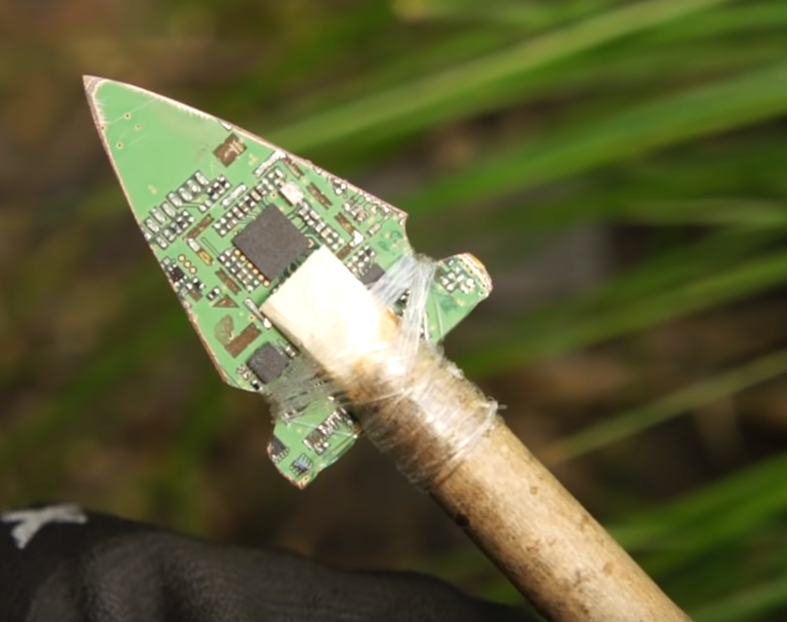

It depends on what your level of confidence and paranoia is. Things on the Internet get scanned constantly, I actually get routine reports from one of them that I noticed in the logs and hit them up via an associated website. Just take it as an expected that someone out there is going to try and see if admin/password gets into some login screen if it’s facing the web.
For the most part, so long as you keep things updated and use reputable and maintained software for your system the larger risk is going to come from someone clicking a link in the wrong email than from someone haxxoring in from the public internet.



They’re a part of the mix. Firewalls, Proxies, WAF (often built into a proxy), IPS, AV, and whatever intelligence systems one may like work together to do their tasks. Visibility of traffic is important as well as the management burden being low enough. I used to have to manually log into several boxes on a regular basis to update software, certs, and configs, now a majority of that is automated and I just get an email to schedule a restart if needed.
A reverse proxy can be a lot more than just host based routing though. Take something like a Bluecoat or F5 and look at the options on it. Now you might say it’s not a proxy then because it does X/Y/Z but at the heart of things creating that bridged intercept for the traffic is still the core functionality.